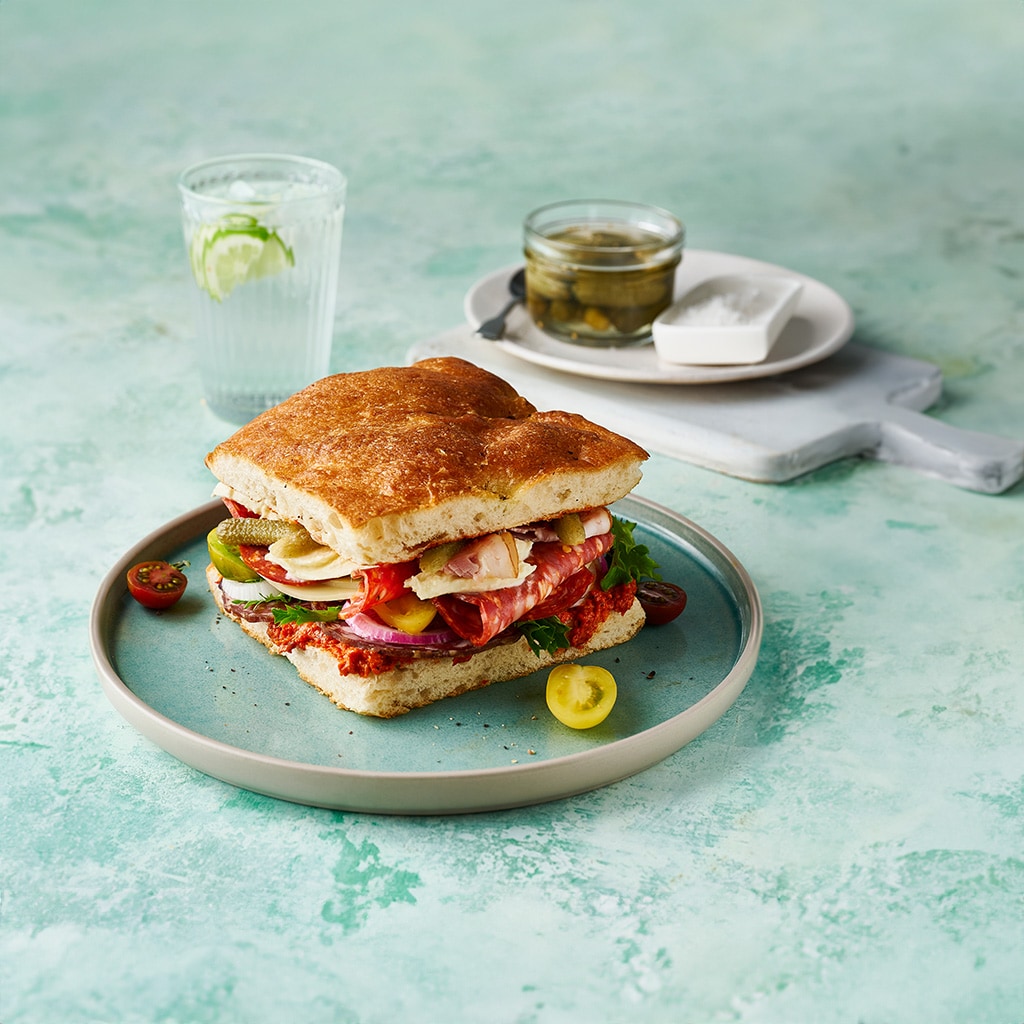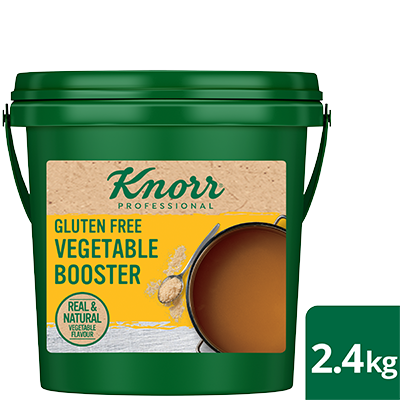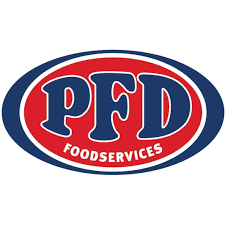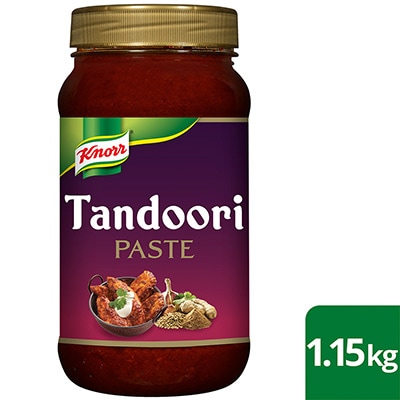Posted on Tuesday, 22nd April, 2025
The strengthened Aged Care Quality Standards are in effect from July 1, 2025. We have prepared a series of articles to help aged care chefs understand them.
Standard 6: Food and Nutrition will set clear expectations for providing nutritious, enjoyable, and culturally appropriate meals that meet residents' dietary needs.
Standard 5: Clinical Care directly impacts Standard 6 by providing the clinical framework that shapes how meals are planned, personalised, and delivered to support residents' health and wellbeing.
How Standard 5 affects aged care chefs
Standard 5 serves as the clinical foundation for ensuring food services meet residents' health needs as well as their preferences and quality-of-life goals.

Clinical care and meal planning
Standard 5 requires comprehensive clinical assessments that identify health conditions requiring specific nutritional interventions. Aged care chefs will need to continue to work closely with clinical staff to understand the impact of conditions like dysphagia, diabetes, renal disease, and allergies on the meals they are preparing.
Medication and food interactions
Standard 5's emphasis on medication safety has direct implications for meal timing and food composition. The dining team and chefs will need to coordinate with clinical staff to understand which residents need meals with medications, which foods might interact with medications, and how to schedule meals accordingly. For example, some antibiotics shouldn't be taken with dairy products,
Risk management in food services
The risk management protocols required by Standard 5 extend to food-related risks your kitchen must address. These include choking hazards for residents with dysphagia, malnutrition in those with poor appetite, and dehydration risks.
Having protocols aligned with clinical guidelines for identifying and mitigating risks through appropriate food preparation and service is a key part of meeting Standard 6 requirements.

How Standard 6 enhances Standard 5
While Standard 5 provides the clinical framework influencing food services, Standard 6 gives you the tools to implement nutritional interventions that support clinical outcomes.
Supporting health through nutrition
Proper nutrition directly affects wound healing, medication efficacy, immune function, and the management of chronic conditions. Personalised nutrition plans under Standard 6, mean chefs actively contribute to achieving clinical outcomes identified in Standard 5 care plans. For example, protein-enriched meals support wound healing, while balanced carbohydrate portions help stabilise blood glucose.

Practical tips for chefs
1. Establish regular communication with clinical staff:
Participate in care planning meetings to understand residents' clinical needs and how they translate to dietary requirements.
2. Create a system for medication-meal coordination:
Work with nursing staff to understand which residents need meals coordinated with medications and develop a system to ensure this happens consistently.
3. Develop a diverse repertoire of specialised diets:
Master techniques for creating appetising texture modified foods, renal-friendly meals, and diabetic-appropriate dishes that don't compromise on taste or presentation.
5. Document and monitor nutritional intake:
Work with care staff to track residents' consumption, providing valuable data to help clinical staff evaluate treatment effectiveness.
4. Implement a food safety system that addresses clinical risks:
Develop protocols for preventing cross-contamination for allergies, ensuring proper texture for dysphagia diets, and maintaining food temperature safety.
6. Build a feedback loop with residents and clinical staff:
Regularly seek input about meal satisfaction, allowing you to continuously improve while meeting both clinical requirements and personal preferences.
By understanding how Standard 5 shapes your responsibilities under Standard 6, you can create meals that delight your residents and actively contribute to their health.
Resources

Disclaimer: The content of this article is created for inspiration purposes only. It is not intended as clinical, medical or nutritional advice.



















